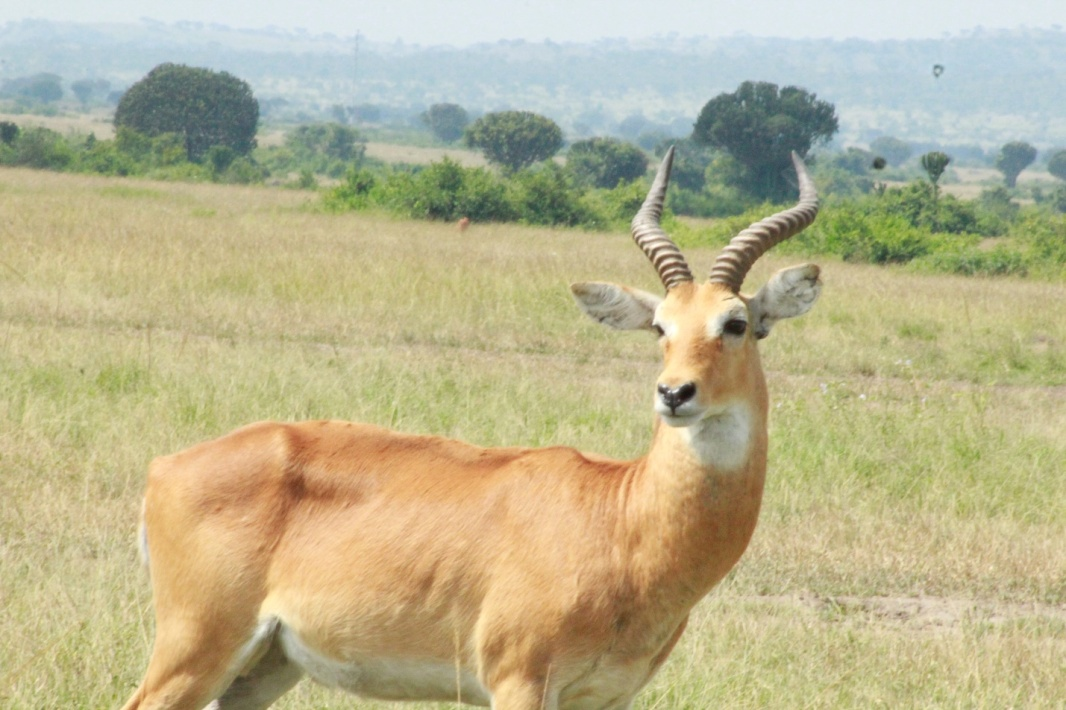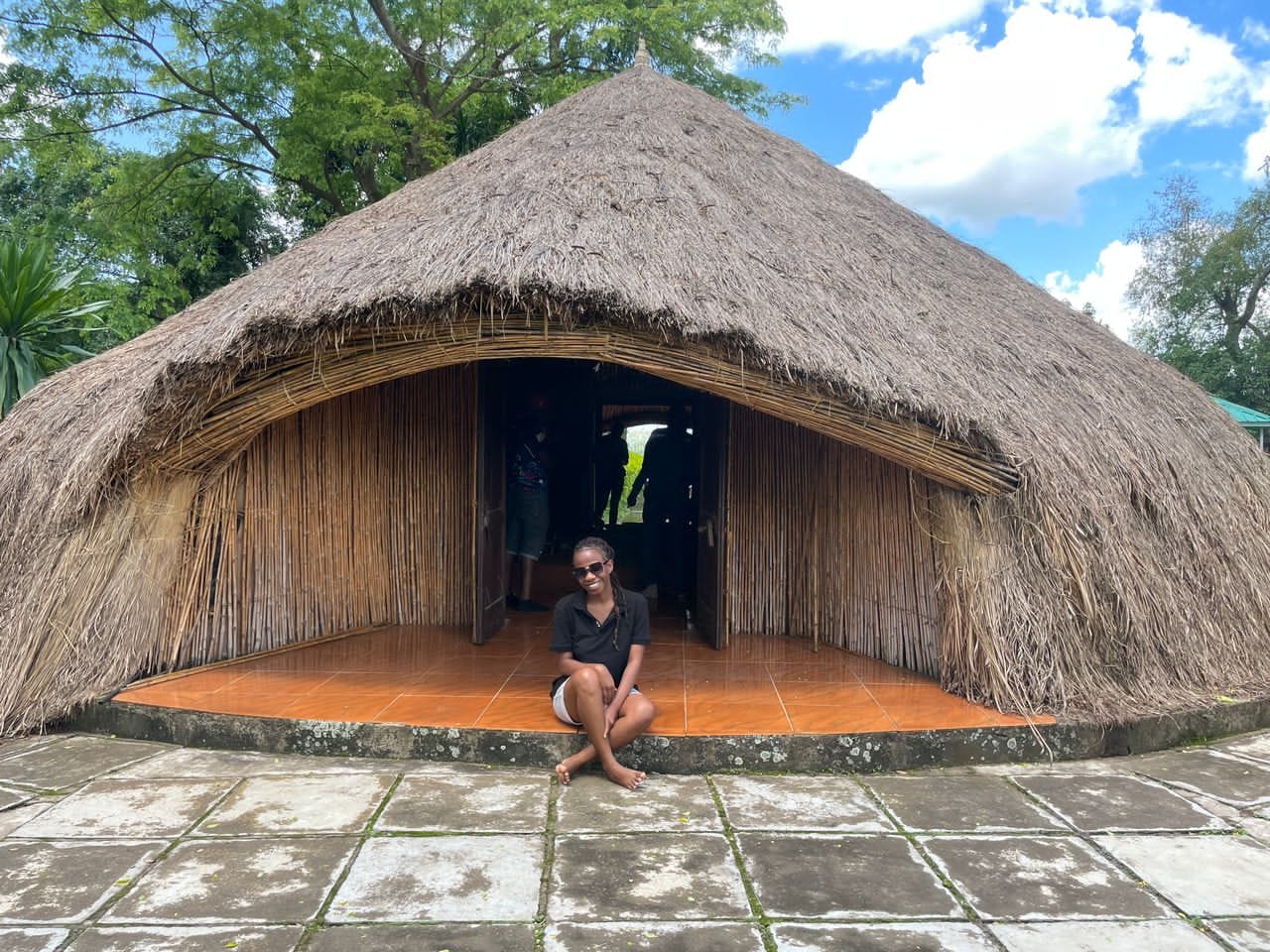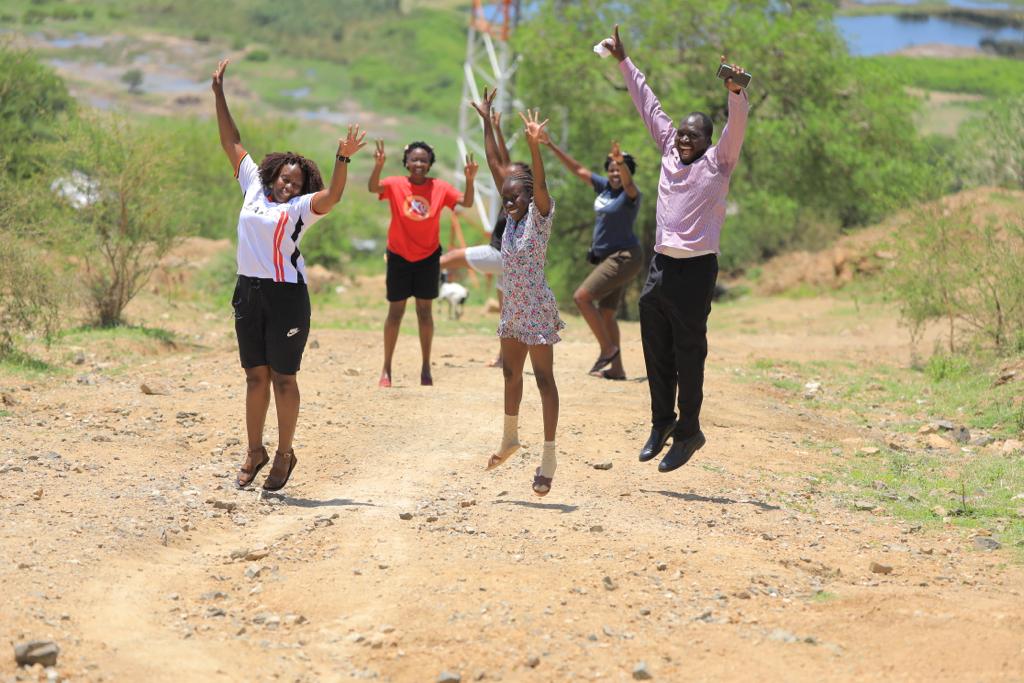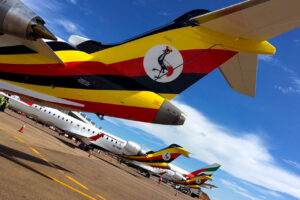
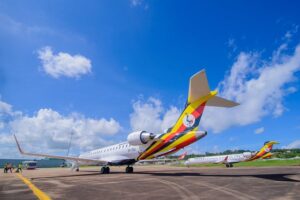


Packing for a trip to Uganda’s various parks and activities will depend on the specific destinations you plan to visit and the activities you intend to engage in. Uganda offers diverse experiences, from wildlife safaris to trekking and cultural interactions. Here’s a breakdown of what to pack for different parks and activities:
Gorilla Trekking (Bwindi Impenetrable Forest and Mgahinga Gorilla National Park):
Sturdy hiking boots with good grip
- Long-sleeved shirts and pants to protect against insects and thorny vegetation
- Rain jacket or poncho
- Lightweight gloves for gripping vegetation
- Daypack for carrying water, snacks, and camera equipment
- Binoculars for close-up wildlife viewing
- Insect repellent with DEET
- Hat and sunglasses for sun protection
- Energy-rich snacks for the trek
- Plenty of water
- Extra camera batteries and memory cards
- Trekking permit (usually provided by tour operators)
Safari in Queen Elizabeth National Park, Murchison Falls National Park, etc.:
- Neutral-colored clothing for blending in with nature and wildlife
- Lightweight, breathable clothing for warm weather
- Long-sleeved shirts and pants for sun protection and to prevent insect bites
- Wide-brimmed hat for sun protection
- Binoculars for wildlife viewing
- Camera with zoom lens for capturing wildlife from a distance
- Sunscreen with high SPF
- Insect repellent with DEET
- Swimsuit for lodge pools (if applicable)
- Comfortable walking shoes
- Rain jacket or poncho (rain can occur unexpectedly)
- Power adapter for charging electronics
Hiking and Nature Walks:
Sturdy hiking boots or trail shoes
- Lightweight, moisture-wicking clothing for comfortable walking
- Long pants to protect against insects and thorny plants
- Hat, sunglasses, and sunscreen
- Rain jacket or poncho
- Daypack with water, snacks, and camera gear
- Walking stick (some trails provide them, but it’s helpful to have your own)
- Binoculars for bird and wildlife spotting
- Insect repellent
Cultural Interactions and City Visits:
- Modest clothing for respectful interactions (long skirts, dresses, or pants for women; shirts with sleeves for men)
- Comfortable walking shoes
- Hat and sunglasses for sun protection
- Camera or smartphone for capturing cultural experiences
- Travel guidebook or information about local customs
- Small gifts for local communities (if desired)
White Water Rafting on the Nile:
- Swimsuit and quick-drying clothing
- Water shoes or sturdy sandals with straps
- Sunscreen and lip balm with high SPF
- Sunglasses with a strap
- Waterproof camera or action camera (if allowed)
Mountaineering (Rwenzori Mountains):
- Sturdy, waterproof hiking boots suitable for mountain terrain
- Layered clothing for varying altitudes and temperatures
- Insulated jacket or down jacket for colder temperatures at higher altitudes
- Waterproof and windproof jacket and pants
- Warm hat and gloves for cold conditions
- Moisture-wicking base layers
- Sunglasses with UV protection
- Sunscreen and lip balm with high SPF
- Walking stick or trekking poles
- High-quality, comfortable socks to prevent blisters
- Water bottle and energy-rich snacks
- Headlamp or flashlight with spare batteries
- Sleeping bag suitable for mountain conditions (check with your tour operator)
Bird Watching (Various Parks and Reserves):
- Binoculars with a good field of view
- Bird field guide specific to the region
- Camera with telephoto lens for capturing birds from a distance
- Neutral-colored clothing to avoid startling birds
- Comfortable hiking or walking shoes
- Sun hat and sunscreen
- Insect repellent
- Notebook and pen for recording bird sightings
Caving (Sipi Falls, Muhavura Cave):
- Sturdy footwear with good grip for walking on uneven terrain
- Long pants and long-sleeved shirt to protect against rocks and insects
- Helmet with headlamp (some tours may provide these)
- Gloves for hand protection
- Water bottle and snacks
- Waterproof bag for keeping belongings dry
- Small backpack to carry essentials
- Comfortable clothing for after the caving experience
Relaxation and Leisure:
- Casual, comfortable clothing for leisurely activities
- Swimwear for pools and water-based activities
- Sandals or flip-flops for casual wear
- Light reading material, e-reader, or tablet
- Portable entertainment devices (music player, games, etc.)
- Travel pillow for comfortable relaxation
- Reusable water bottle
Respectful Cultural Engagement:
- Modest clothing to respect local customs
- Lightweight scarf or shawl for covering shoulders
- Small gifts for host communities (consider culturally appropriate items)
- Open mind and willingness to learn and engage respectfully
Remember that the packing list may vary based on the time of year you’re visiting and the specific regions within Uganda you plan to explore. Always check with tour operators, guides, or local authorities for any specific requirements or recommendations based on the activities you’ll be participating in. Being well-prepared ensures you have a safe, enjoyable, and memorable experience in Uganda.

